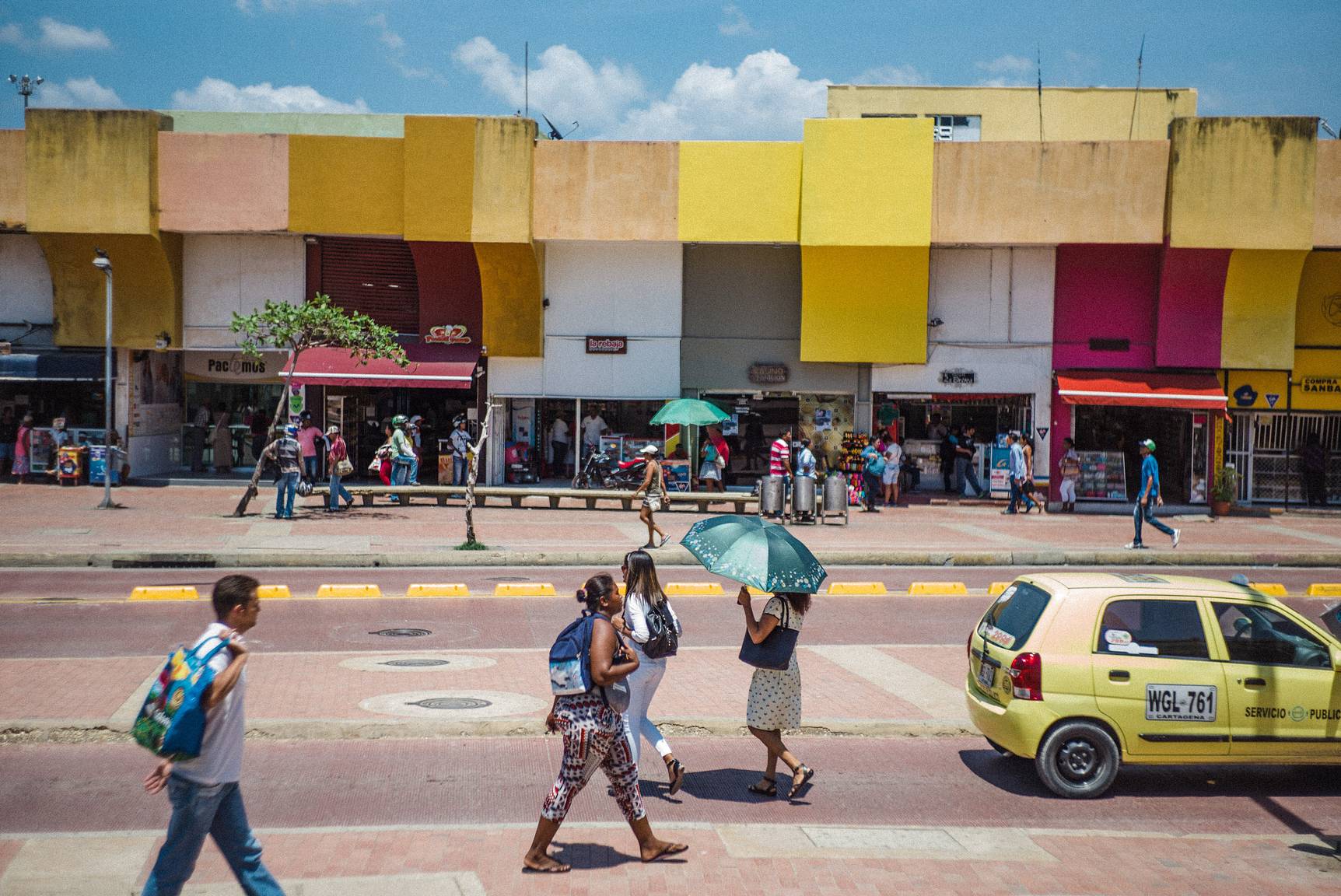Journeys Inspired: LomoAmigo Daniel Zvereff
2 9 Share TweetPhotographer Daniel Zvereff makes work around the world, following poetic inspirations such as literature, history, or the seductive lure of a place unknown on his trusted world map. A first generation American, his Russian family emigrated to the USA in 1951 after decades of stateless exile in China, but not before a three-year stint as refugees in the Philippines, having been exiled once again by the communist party in China in 1948. Towards the end of his education, Zvereff decided to retrace his family’s epic journey across Russia, through Mongolia and into China, reconnecting with his ancestor’s language and culture. The people he met became the co-authors of his journals, his experiences with them inseparable elements of his creative work, a style that has stuck ever since. Zvereff currently resides in Brooklyn NY where he works as a freelance photographer, illustrator, and animator. From the photographer’s biography.
Travel and the search for knowledge by journeying to faraway places is an essential part of your photography. How do you choose which locations to travel to for your projects and what sort of knowledge do you hope to gain through photographing your travels?
Choosing locations depends entirely on what I hope to achieve. Journeys are often inspired by literature, or historic events. Sometimes it’s as simple as never meeting someone who has been to a place, and it always feeling mysterious when looking at a map. There is lure in the unknown to me.
A good deal of your travel projects combine three different mediums; writing, drawing and photography. How would you explain the interplay of these three mediums in your work? Do you believe that this combination of mediums makes for a greater encapsulation of your travels and the knowledge about humanity gained by them than any of the three mediums (drawing, photography and writing) would on their own? Why did you choose to document your travels in this way?
Process is part of creation for me, they are all separate mediums for expression, but each one satisfies different emotions. Photography is about speed and movement, it’s exciting and often frightening. Writing adds context to those emotions and the images I’ve captured. While drawing slows me down, allowing me to digest my experiences. In the end my decision to work this way wasn’t pre-meditated, it came naturally over time.
The Jupiter lens is known for its sharpness, natural colors and dreamy bokeh. What was your experience with this lens? Did you find it to be especially well suited to your location and/or the genre of street photography? How do you think it influenced your view of these Colombian street scenes?
I think the Jupiter lens shines in portraiture wide open, when isolating the subject matter is needed. In my opinion, older lens designs, while considered to be inferior in technical comparisons, create renderings that are more pleasing to the human eye. Photography is emotional, and unfortunately, what was once a tool is now considered a gadget, I think as a community we’re getting a little caught up in the numbers and not the images.
Two shots in particular of this series–the one of a man sitting on a bench doing a puzzle in a newspaper and the one of a man lowering his glasses while taking apart an electronic device– beg the question of how you and photographers in general manage to shoot such physically close and intimate photographs of strangers. Such a task, especially if the desired look of the image is a candid, natural shot, seems quite difficult. Did you ask these subjects for their permission to be photographed and then pose them in a manner that seems candid? Did you snap the shot candidly and then discuss with the subject whether or not they are comfortable with you keeping and publishing the image? Or do you have a way of shooting close-up candid shots of strangers without their noticing?
I ask permission when I’m looking to capture a very specific type of portrait, usually something that is very intimate and close up, where the subject is acknowledging my presence. For the images that have a candid nature, I’m looking for an honest moment, and those don’t call for permission. Both images were taken using zone focusing methods and a mix of luck.
Do you ever form relationships with the people you photograph during your travels? If so, do your relationships with the subjects of your photos make them comfortable with being photographed allowing you to take candid photos of them without the possibility of them getting angry as they might if they caught a stranger snapping photos of them?
Relationships are key when you are looking to dig deeper than just capturing a moment in the streets. Developing friendships and building trust can allow someone to document a real story, with meanin. Personal growth and the willingness to open yourself to an experience you otherwise wouldn’t is one of the many gifts photography gives us.
Get a Jupiter 3+ of your very own in the Lomography Online Shop.
Explore the world of David’s work in depth on his website, Instagram, Facebook and on Tumblr.
written by katphip on 2016-07-28 #gear #culture #people #places







































2 Comments